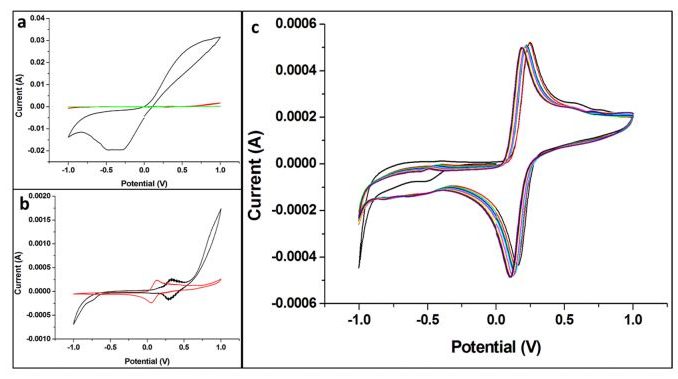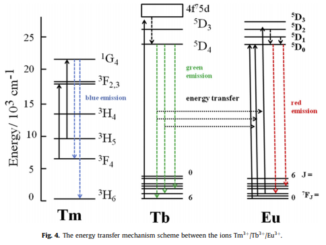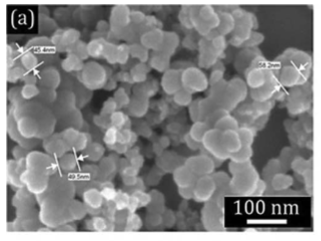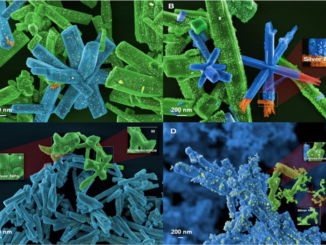
Controlling parameters and characteristics of electrochemical biosensors for enhanced detection of 8-hydroxy-2′-deoxyguanosine
Abstract: This work discusses the parameters and characteristics required on the development of a scalable and reliable electrochemical sensor board for detecting 8-hydroxy-2′-deoxyguanosine (8-OHdG), an oxidative stress biomarker for diabetic nephropathy, cancer and Parkinson’s disease. We used Printed Circuit Board (PCB) technology to make a precise, low-cost bare sensor board. ZnO nanorods (NRs) and ZnO NRs: reduced graphene oxide (RGO) composites were used as a pathway for antibody immobilization on the working electrode (WE). The parameters and characteristics of the WE were controlled for enhancing the quality of the electrochemical sensor board. Thickness of the gold and the presence of ZnO NRs or their composite on the WE have influence on charge transference process and reproducibility of the sensor board. The amount of the antibody, and its incubation period are crucial to avoid saturation of the sites during immobilization step and reduce the cost of the sensor. Our ZnO NRs-based electrochemical sensor board showed high sensitivity and selectivity to 8-OHdG with detection capacity in the range of 0.001–5.00 ng.mL−1. The successful application of our immunosensor to detect 8-OHdG in urine was evidenced.
Author(s): Aline M. Faria, Elisa B. M. I. Peixoto, Cristiane B. Adamo, Alexandre Flacker, Elson Longo & Talita Mazon.
SCIENTIFIC REPORTS
Published: MAY 2019
DOI: 10.1038/s41598-019-43680-y




